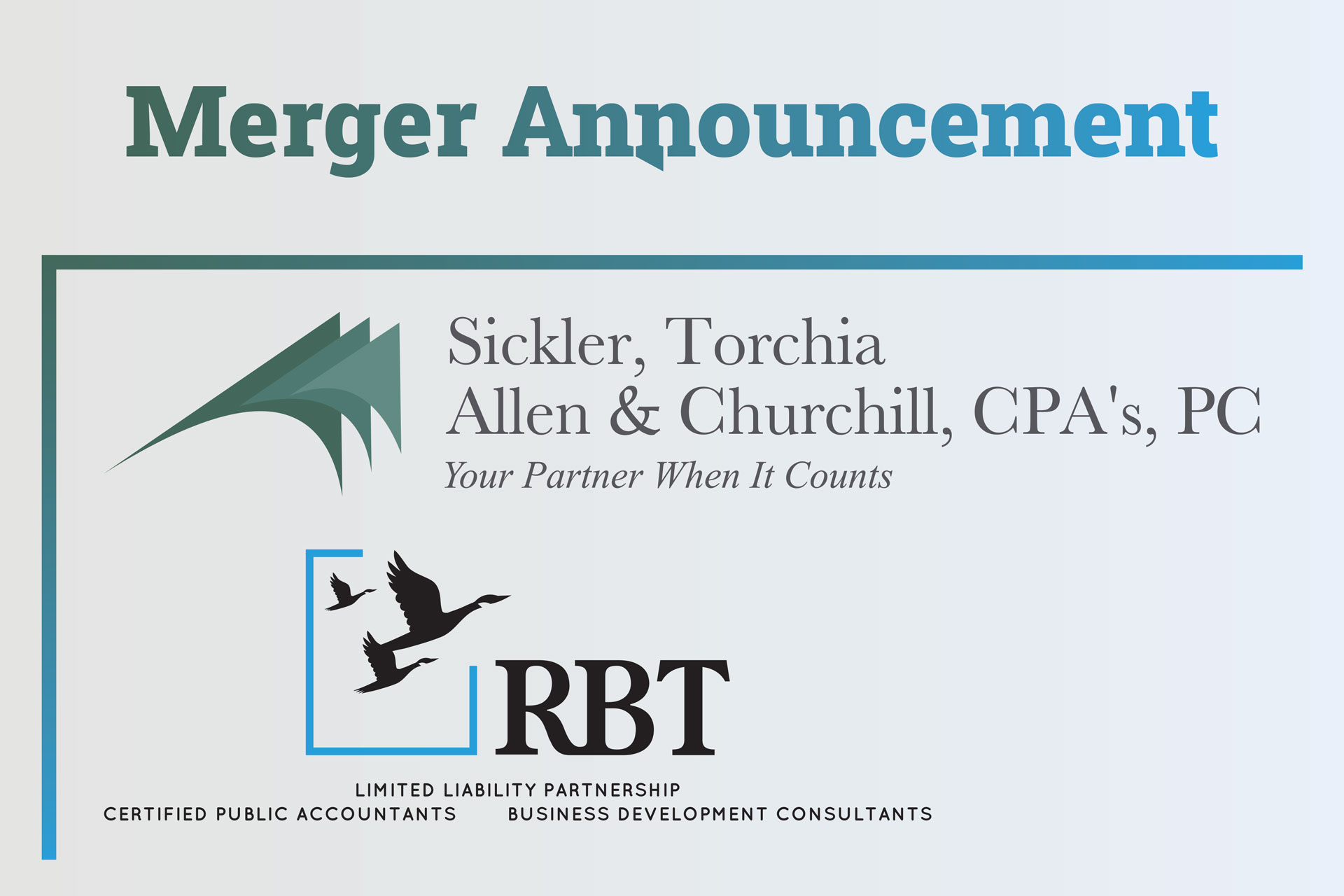As if the skyrocketing costs of materials and supply chain issues weren’t enough, managing cash flow carefully is even more important in light of pending stagflation, where the economy slows (with less spending and higher unemployment), while inflation and interest rates grow.
No doubt, you’re already aware of the impact supply chain issues and material price volatility are having on project schedules and budgets. By now, many had hoped focus would be shifting to a construction boom thanks to the Infrastructure Investment and Jobs Act. However, economic headwinds aren’t cooperating and may lead to another year or two before volatility subsides. All of this makes managing cash flow critical.
Let’s start with the basics. Cash flow is the money that comes in and goes out of your business to keep it running. You have positive cash flow when there is more money coming in than going out. Negative cash flow is the opposite and can be a sign your business is losing money or dealing with short-term timing issues with payments and billing. It also may mean you won’t have enough cash on hand to cover unexpected expenses.
Once you bid on a project, you must be ready to cover the costs required to purchase materials; pay vendors, subcontractors, and employees; get the work done (i.e., equipment and fuel); and cover unexpected costs that may arise. At the same time, if you’re like most contractors, you’re balancing this knowing that the money coming into your business in the form of payments will likely be delayed.
As reported in Construction Executive, the ideal is to make sure your operating budget covers the next 18 to 24 months and you have a cash flow model projecting cash flow for the next 6 to 12 months that you monitor closely, so you’re prepared to act accordingly whether cash flow dips or grows.
You need to relentlessly focus on planning, managing, and maximizing cash flow, overall and for each project. Know when certain activities will be complete and billed so you have positive cash flow on each project.
As revealed in Levelset’s 2022 Construction Cash Flow & Payment Report, this is easier said than done. A survey of more than 500 construction firms across the U.S. reveals only 1 in 10 businesses are always paid on time for their work. 90% of survey participants have 30-day payment terms, but less than 40% receive payment within that time. Slow payments can have a domino effect, resulting in wasted resources, lower profits, project delays and stoppages, and an inability to make payroll. It can also impact your ability to secure new credit.
You may find opportunity to improve cash flow by improving payment and collection processes. Consider adopting a customer prequalification process to ensure any one you do work for will have the money to pay their bills on time. Also explore whether you need to strengthen collections processes – there’s a lot of opportunity here as only about 40% of Levelset survey participants issue an intent to lien and 34% issue a demand letter. (Of course, getting legal counsel is a good idea in this situation.)
Beyond billing, there are numerous other opportunities to have a positive impact on cash flow:
- Make sure proposals are profitable and realistic. Project owners know what’s going on with the supply chain and economy. Seeing smart proposals that address challenges fairly may be more attractive than risking going with a low-ball bidder who could have issues completing a job.
- Protect your cash. Consider loans or lines of credit so you can keep cash on hand, but also balance this with an eye toward avoiding interest rates that could make payment unsustainable.
- Review contracts with a fine-tooth comb. Challenge clauses that may increase risk to cash flow given supply chain issues. Avoid hard project bids that lock-in prices over a long period of time. Incorporate ways to share price volatility risks. Consider requesting a cash advance.
- Relentlessly document and communicate scope and schedule changes. You have to manage client expectations and protect your business on an ongoing basis.
- Check your insurance. Higher prices may require higher coverage. Also, if you’re stockpiling materials, make sure your policy will cover them.
- Build relationships with suppliers. Talk with material supplier owners about materials storage and owners funding materials up front. Consider buying in bulk, shopping around, negotiating for the best deals, getting payment terms that align with the time it will take for you to get paid by clients, and exploring lines of credit or loans that your supplier may offer. Always have back up suppliers on hand and build relationships with more local and regional suppliers.
- Monitor and forecast cash flow monthly. Identify the biggest cash flow risks up front and potential solutions so you’re prepared for the unexpected.
- Stay informed. The Associated General Contractors (AGC) Inflation Alerts provide timely and comprehensive information to inform project owners, government officials, and the public about the impact of supply chain issues, material costs, and inflation on construction.
Having a professional accountant and tax partner can also help your cash flow, especially when you partner with someone that knows your industry and potential opportunities to maximize tax deductions and credits (i.e., IRC Section 179 and the Fuel Tax Credit). Interested? Give RBT CPAs a call. We’ve been around for more than 50 years, serving construction (and other clients) in the Hudson Valley. We’re one of the best in the region and among the top 250 in the country. We believe we’re successful when we help make you successful – especially during challenging times.







